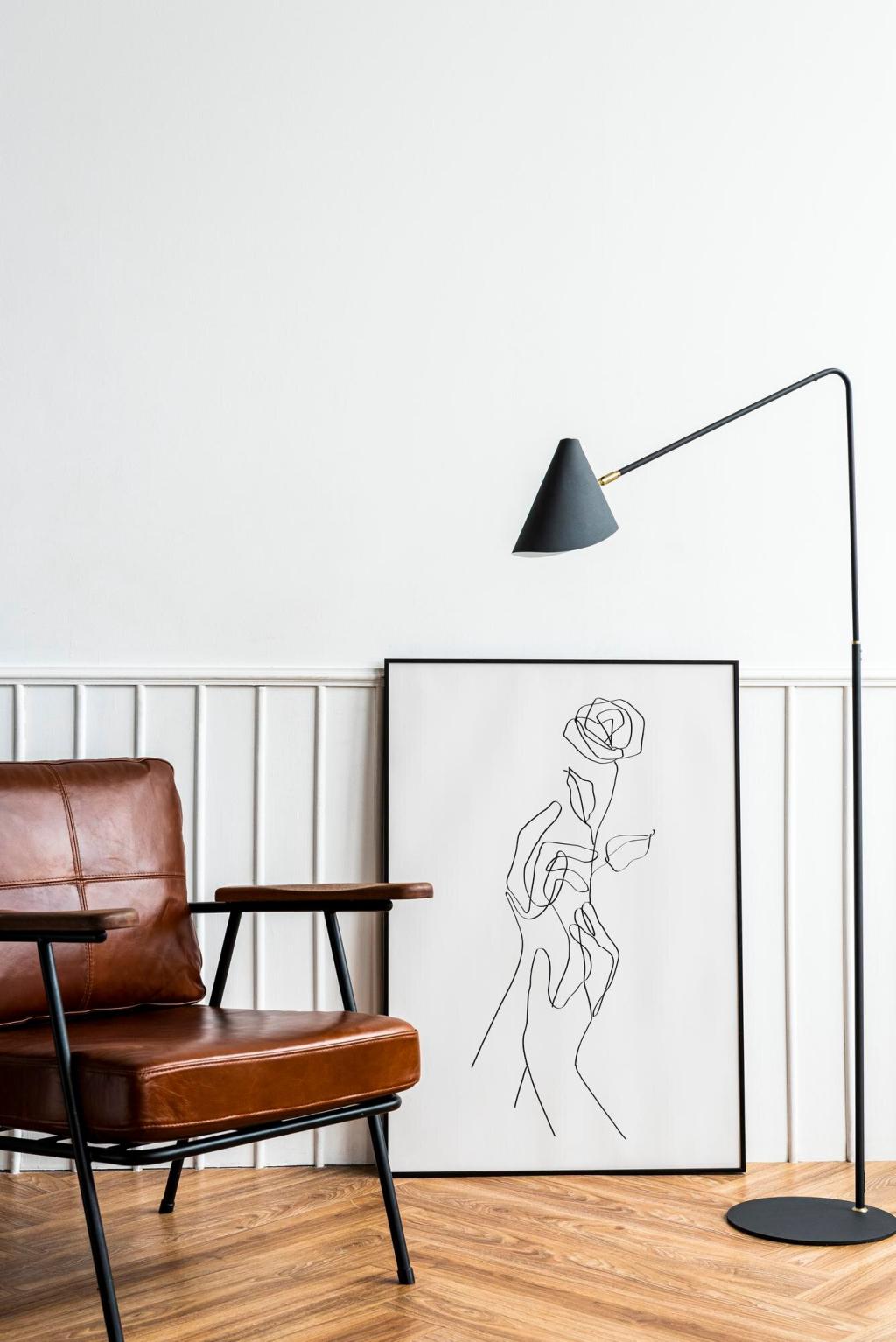Maximizing Small Space Design: Make Room for What Matters
Chosen theme: Maximizing Small Space Design. Welcome to a home where every inch works beautifully. Today we share strategies, stories, and small, clever decisions that unlock calm, comfort, and creativity in compact living. Join the conversation and tell us how you plan to reclaim your space.
List the three daily activities you must support at home, then rank them. When you design around actual habits, you eliminate filler furniture and create intuitive pathways that keep your compact rooms feeling open and welcoming.
Start With Purpose: The Small-Space Mindset
Build storage walls with breathing space
Create a floor-to-ceiling storage wall, but leave a few open niches for plants or art. That rhythm of open and closed keeps surfaces from feeling heavy while capturing serious capacity without eating precious floor area.
Harvest dead zones above doors and corners
Install shallow shelves above doors and in corners where dust gathers. Label bins clearly and keep only light items overhead. You will gain surprising capacity and maintain safety and access without sacrificing everyday comfort.
Open shelves versus closed cabinets
Open shelves display personality and encourage tidy habits, while closed cabinets hide bulk. Blend both: keep daily items accessible and corral seasonal overflow out of sight. Share a photo of your favorite mix so others can learn.
Multifunctional Furniture That Works Twice as Hard
A lift-top coffee table becomes a laptop perch at night, and a storage sofa bed swallows linens. Together they replace a desk and chest, clearing space for movement, stretching, and the quiet routines that make you feel grounded.
A slim drop-leaf table hugs the wall for work, then opens wide for dinner with friends. Pair with two stacking stools tucked under, and you have a flexible room that pivots from laptop hours to candlelit meals effortlessly.
Choose nesting tables, stacking chairs, and foldable benches that disappear when not needed. This modular trio lets you scale up for gatherings, then collapse down to a serene daily footprint. Comment with your best multitasking piece.



Light, Color, and Optical Calm
Keep the largest surfaces light and cohesive, then layer one mid-tone accent to anchor zones. Matching wall and ceiling hues softens edges, while a gentle contrast on trim creates definition without chopping the room into small pieces.
Light, Color, and Optical Calm
Place mirrors to capture daylight and reflect it deeper into the room. Aim them toward windows or table lamps, not clutter. Glossy finishes on small accents can further bounce light, increasing perceived depth without visual noise.
Layout, Zoning, and Micro-Architecture
Float, don’t push, when it helps flow
Pull the sofa slightly off the wall and place a narrow console behind it. This creates a micro corridor, improves circulation, and frames a living zone without bulky partitions. Try it and tell us how your room breathes.
Rugs, lighting, and low partitions
Define areas with a rug under seating, a pendant above dining, and a low shelf as a gentle divider. These signals organize activity while maintaining openness, giving each zone purpose without shadows or claustrophobic barriers.
Tiny entry moments matter
Create a landing strip with a slim hook rail, narrow tray, and shoe mat. A tidy arrival zone keeps clutter from exploding inward and sets the tone for a calm home. What is your must-have entry detail?
Declutter Systems You Will Actually Keep
Instead of vague promises, use numbers. If your shelf holds twelve books, a new arrival means one donation. Clear limits protect harmony, and the rule becomes easy, automatic, and oddly satisfying over time.

Smart Upgrades and Sustainable Smallness
Scenes, sensors, and smart plugs
Program a single goodnight scene that dims lights, powers down chargers, and starts a quiet fan. Automation reduces cords and clutter while supporting healthy routines. Share your simplest automation that made life easier in small quarters.
Compact appliances that pull their weight
Go for drawer dishwashers, washer-dryer combos, and induction cooktops with bridging zones. These choices save inches, trim energy use, and keep surfaces cleanable. Ventilation still matters; plan a clear airflow path for healthy air.
Durable, light-looking materials
Choose birch plywood, cork underfoot, and slim steel frames for strength without heaviness. Modular parts allow repairs and changes as life evolves. If you have a favorite low-profile material, tell us why it works beautifully in small spaces.
Join our mailing list
